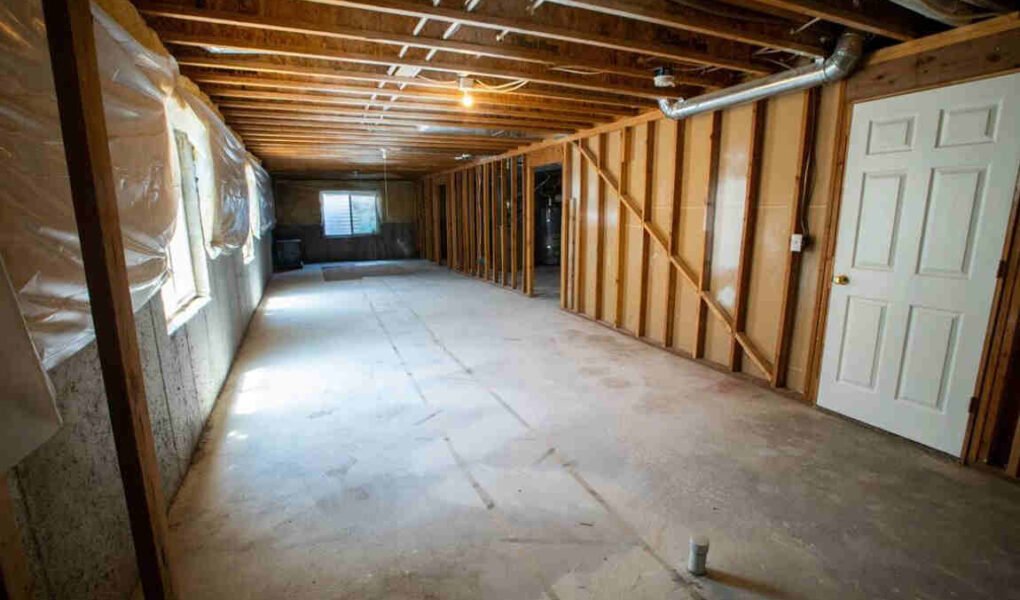A sagging crawl space isn’t just unsightly – it’s a warning sign your home’s structure could be at risk. If left unchecked, it can lead to uneven floors, musty odors, and even costly repairs.
Thankfully, you don’t have to live with it. There are proven ways to lift and reinforce your crawl space for long-term stability.
Keep reading to learn how you can tackle this problem and restore your home’s foundation.
Understanding What Causes Crawl Spaces to Sag
Moisture is often the main cause of sagging in crawl spaces. When the soil under your home becomes wet, it can weaken and shift, causing the supports to settle. Wood beams may also rot from excess moisture, making them unable to carry the home’s weight.
Poor construction or aging materials can add to the problem. If your crawl space was not properly supported from the start, sagging may happen sooner than expected. Identifying the cause is the first step in finding the right solution.
How to Spot the Early Warning Signs
Creaky or sloping floors inside your home might be an early sign of a sagging crawl space. You might notice gaps between your walls and floor or doors that no longer close properly. Sometimes, a musty smell coming from below is a clue.
Visible moisture or pooling water in the crawl space is another red flag. Cracks in interior walls may also point to shifting below the home. Regular inspections can help catch these signs before they become worse.
Why Ignoring It Can Cost You More Later
A sagging crawl space can get worse if ignored. Over time, it puts more pressure on your home’s structure, leading to bigger problems. Floor joists can break or bend, making repairs more expensive.
Mold can also develop, affecting your indoor air quality and health. The longer you wait, the more damage it may cause. Fixing it early can save you thousands in the long run.
Solutions to Lift and Support the Crawl Space
One effective method to lift a sagging crawl space is to install supports underneath the affected areas. A commonly used solution is the foundation jack, which can be adjusted to raise and hold beams in place.
These jacks provide a stable and lasting fix when installed correctly. The process starts by evaluating which parts need support and then placing jacks beneath those beams.
Once installed, the crawl space becomes more stable and safe. This method is often used by professionals, but can be part of a homeowner’s solution too.
The Importance of Controlling Moisture
Keeping water out of your crawl space is key to avoiding future sagging. Adding a vapor barrier can block moisture from coming up through the ground. Good drainage around your home also helps prevent water from entering.
You might need to add a sump pump if the space often floods. Sealing vents and insulating the crawl space also helps keep it dry. Dry spaces stay stable and protect your home’s structure.
Learn How to Deal With a Sagging Crawl Space
A sagging crawl space can put your entire home at risk, but it doesn’t have to stay that way. With the right steps, you can lift, support, and protect your home’s foundation.
By recognizing early signs, managing moisture, and seeking expert help when needed, you’ll keep your home solid for years to come. Don’t wait for small issues to become big problems – take action today for a safer and stronger home.
Head to the blog for more reads.
You may also read (how to prepare for a smooth home inspection).




